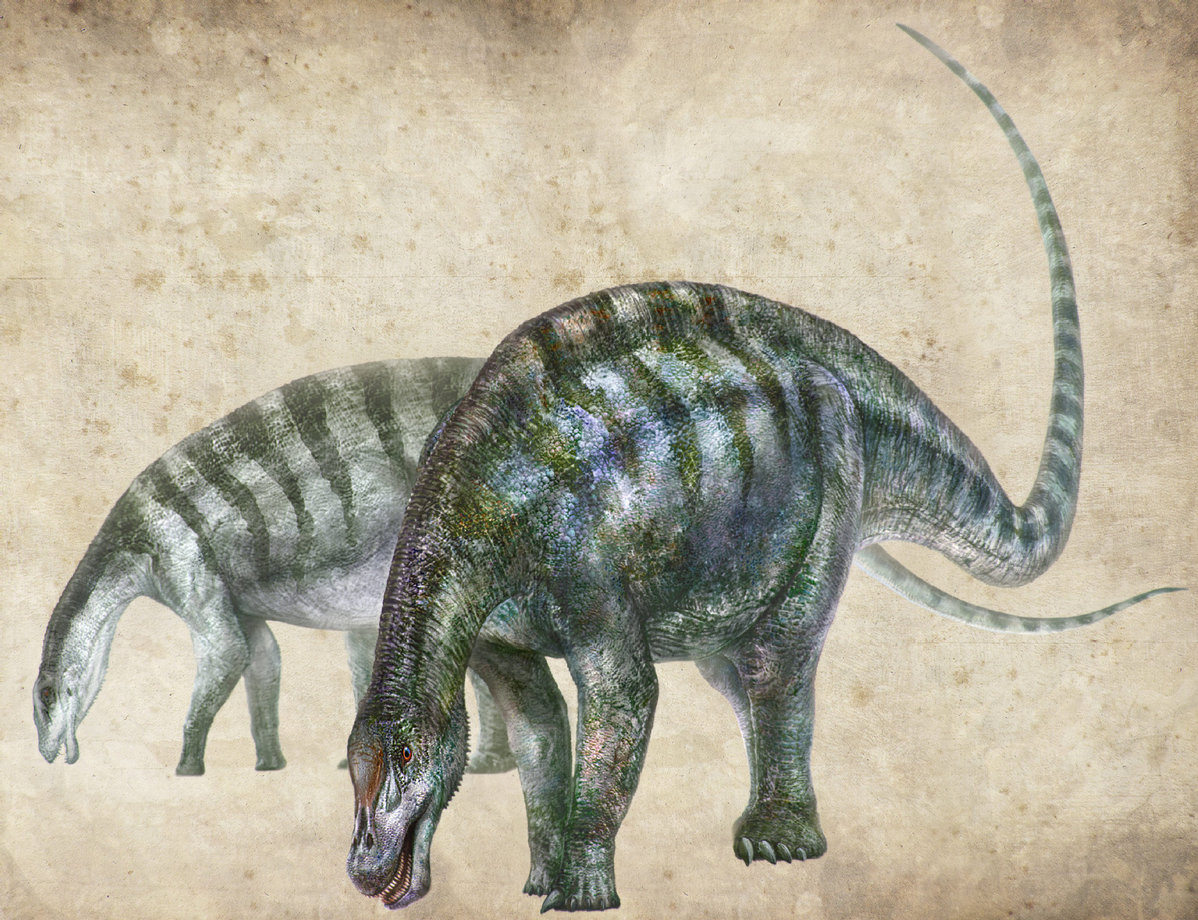New dinosaurs discovered in China reveal myth of reduced 'fingers'
Xinhua | Updated: 2018-08-24 19:06

BEIJING - Two new dinosaurs discovered in China may help solve the long mystery of how some of these creatures reduced and lost their "fingers" through evolution.
Flexible fingers have helped primates hunt and gather food, or even invent and use tools, a key step that gradually differentiates humans from apes. But meat-eating theropod dinosaurs, which include the ferocious tyrannosaurus, experienced a different trend with decreasing claws.
The two new dinosaurs, the Bannykus and Xiyunykus, are types of alvarezsaurs. The former was discovered in Inner Mongolia in north China and the latter in Junggar Basin, Xinjiang in northwest China, according to a paper published Friday online by Current Biology, a US journal.
Alvarezsaurs are among the most bizarre groups of theropod dinosaurs, as many of them have extremely short, robust forelimbs with a single functional claw, said Xu Xing, the first author of the paper and researcher with the Institute of Vertebrate Palaeontology and Palaeoanthropology (IVPP).
However, the group used to have at least a 90-million-year gap in its fossil record, especially during the Early Cretaceous period. The missing link has made it difficult to study how and why these dinosaurs made only one finger powerful and useful while debilitating others.
"The two new dinosaurs are from the midpoint of the 90-million-year gap between the earliest and latest known alvarezsaurs.
"They help complete the evolutionary chain, from the earliest alvarezsaurs with relatively long arms and three claws, to the Bannykus and Xiyunykus with long arms and one powerful finger and two slimmer and shorter ones, and finally to the most recent alvarezsaurs with short arms and only one functional finger and two other very tiny ones," Xu said.
The earliest alvarezsaurs have more typical, meat-eating teeth and hands useful for catching small prey, but the later-evolving alvarezsaurs, with their body length less than one meter, ate ants and other insects, he said.
"With their strong, clawed hands and weak jaws, they appear to be the dinosaurian analog to today's aardvarks and anteaters," said Dr. Jonah Choiniere from the University of Witwatersrand in South Africa, a co-author of the paper.
It's possible that over time, they developed a hand with a huge, single claw by tearing open rotting logs and anthills to find their delicacies, Choiniere said.
The discovery of the Bannykus and Xiyunykus are important because they show transitional steps in the process of alvarezsaurs adapting to their new diets, Choiniere said.
The new dinosaurs are based on two fossils collected by joint expeditions co-led by Xu Xing, James Clark from George Washington University, and Tan Lin from the Long Hao Institute of Geology and Paleontology.
China has reported some of the most significant dinosaur fossils over the last few decades. "Our international field teams have been tremendously productive over the years," Xu said.
























